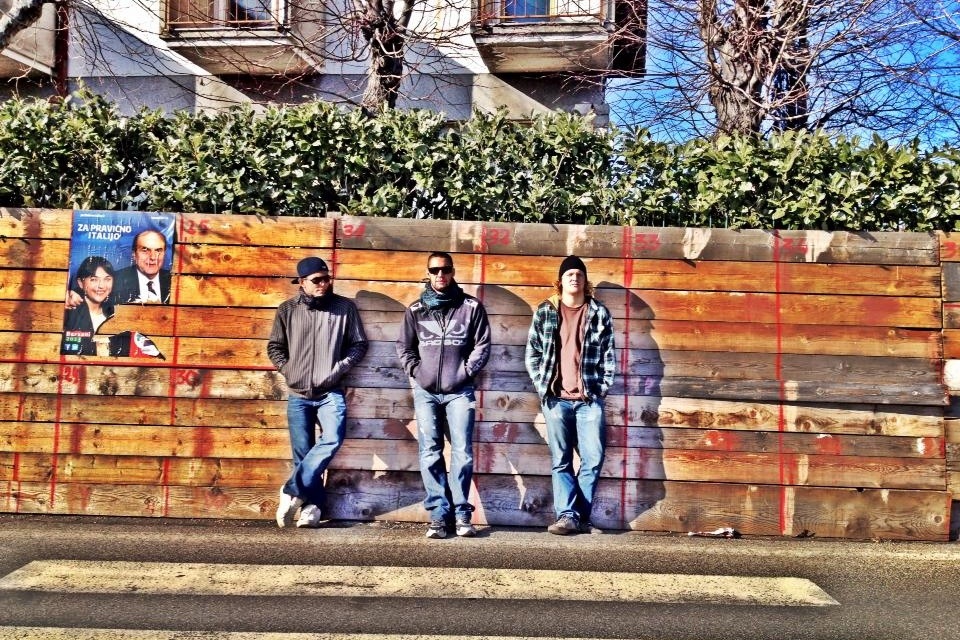Here’s a 5$ challenge
By Tina Seelig on August 5, 2009 – 6:30pm
What would you do to earn money if all you had was five dollars and two hours? This is the assignment I gave students in one of my classes at Stanford University, as part of the Stanford Technology Ventures Program… Each of fourteen teams received an envelope with five dollars of “seed funding” and was told they could spend as much time as they wanted planning. However, once they cracked open the envelope, they had two hours to generate as much money as possible. I gave them from Wednesday afternoon until Sunday evening to complete the assignment. Then, on Sunday evening, each team had to send me one slide describing what they had done, and on Monday afternoon each team had three minutes to present their project to the class. They were encouraged to be entrepreneurial by identifying opportunities, challenging assumptions, leveraging the limited resources they had, and by being creative.
What would you do if you were given this challenge? When I ask this question to most groups, someone usually shouts out, “Go to Las Vegas,” or “Buy a lottery ticket.” This gets a big laugh. These folks would take a signifi cant risk in return for a small chance at earning a big reward. The next most common suggestion is to set up a car wash or lemonade stand, using the five dollars to purchase the starting materials. This is a fine option for those interested in earning a few extra dollars of spending money in two hours. But most of my students eventually found a way to move far beyond the standard responses. They took seriously the challenge to question traditional assumptions—exposing a wealth of possibilities—in order to create as much value as possible.
How did they do this? Here’s a clue: the teams that made the most money didn’t use the five dollars at all. They realized that focusing on the money actually framed the problem way too tightly. They understood that five dollars is essentially nothing and decided to reinterpret the problem more broadly: What can we do to make money if we start with absolutely nothing? They ramped up their observation skills, tapped into their talents, and unlocked their creativity to identify problems in their midst—problems they experienced or noticed others experiencing—problems they might have seen before but had never thought to solve. These problems were nagging but not necessarily at the forefront of anyone’s mind. By unearthing these problems and then working to solve them, the winning teams brought in over $600, and the average return on the five dollar investment was 4,000 percent! If you take into account that many of the teams didn’t use the funds at all, then their financial returns were infinite.
So what did they do? All of the teams were remarkably inventive. One group identified a problem common in a lot of college towns—the frustratingly long lines at popular restaurants on Saturday night. The team decided to help those people who didn’t want to wait in line. They paired off and booked reservations at several restaurants. As the times for their reservations approached, they sold each reservation for up to twenty dollars to customers who were happy to avoid a long wait. As the evening wore on, they made several interesting observations. First, they realized that the female students were better at selling the reservations than the male students, probably because customers were more comfortable being approached by the young women. They adjusted their plan so that the male students ran around town making reservations at different restaurants while the female students sold those places in line. They also learned that the entire operation worked best at restaurants that use vibrating pagers to alert customers when their table is ready. Physically swapping pagers made customers feel as though they were receiving something tangible for their money. They were more comfortable handing over their money and pager in exchange for the new pager. This had an additional bonus—teams could then sell the newly acquired pager as the later reservation time grew nearer
Another team took an even simpler approach. They set up a stand in front of the student union where they offered to measure bicycle tire pressure for free. If the tires needed filling, they added air for one dollar. At first they thought they were taking advantage of their fellow students, who could easily go to a nearby gas station to have their tires filled. But after their first few customers, the students realized that the bicyclists were incredibly grateful. Even though the cyclists could get their tires filled for free nearby, and the task was easy for the students to perform, they soon realized that they were providing a convenient and valuable service. In fact, halfway through the two hour period, the team stopped asking for a specific payment and requested donations instead. Their income soared. They made much more when their customers were reciprocating for a free service than when asked to pay a fixed price. For this team, as well as for the team making restaurant reservations, experimenting along the way paid off. The iterative process, where small changes are made in response to customer feedback, allowed them to optimize their strategy on the fly.
Each of these projects brought in a few hundred dollars, and their fellow classmates were duly impressed. However, the team that generated the greatest profit looked at the resources at their disposal through completely different lenses, and made $650. These students determined that the most valuable asset they had was neither the five dollars nor the two hours. Instead, their insight was that their most precious resource was their three-minute presentation time on Monday. They decided to sell it to a company that wanted to recruit the students in the class. The team created a three-minute “commercial” for that company and showed it to the students during the time they would have presented what they had done the prior week. This was brilliant. They recognized that they had a fabulously valuable asset—that others didn’t even notice—just waiting to be mined.













